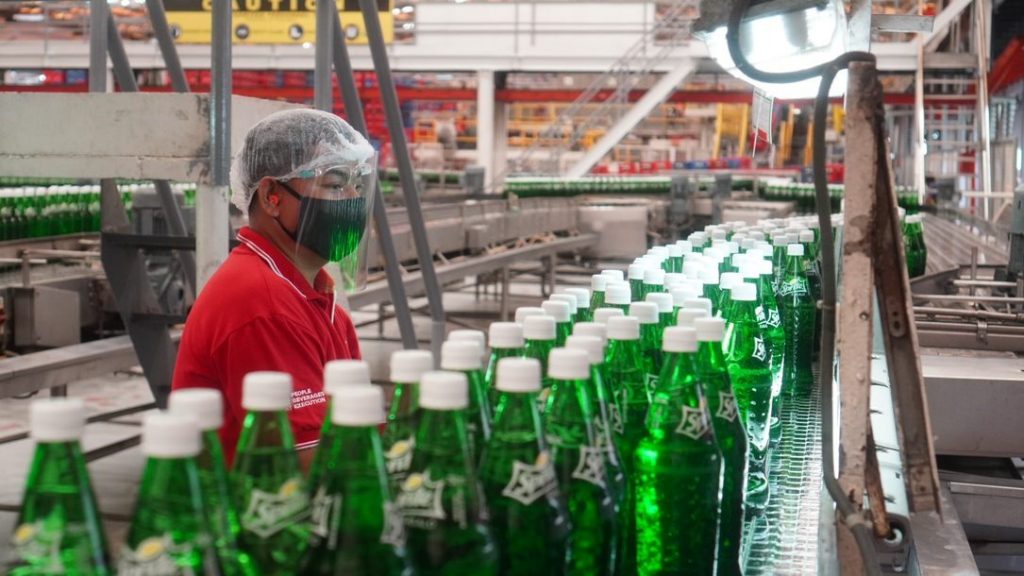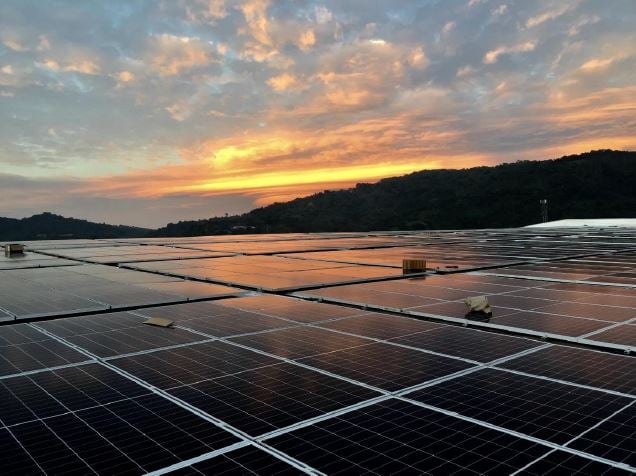Your favorite Coca-Cola beverage is produced in the Philippines using energy efficient technology powered by renewables. Hence, every refreshing sip helps reduce carbon footprint.
“We are very conscious of our environmental footprint as an organization, especially with our scale, which is why we have comprehensive strategies in place to manage our impact on the environment,” said Gareth McGeown, President and CEO of Coca-Cola Beverages Philippines, Inc
Coca-Cola has 19 plants and over 70 distribution offices across the archipelago.
“Sustainability is an integral component to the way we operate. We believe that business growth and sustainability are complementary to each other,” declared by the President and CEO of a 108-year old company in the Philippines.
To attain its target, it integrated carbon emissions reduction throughout its value chain—from the procurement of raw materials, to manufacturing and use of sustainable packaging, and up to fleet management by continuous innovations to ensure improved performance of refrigeration equipment.
More beverages produced using clean energy
Coca-Cola Beverages Philippines, Inc. (CCBPI) —the bottling arm of Coca-Cola in the Philippines—transition to renewable energy reduced energy consumption and save on power bill while boosting its production meeting targets on schedule for the Philippines.
The impact of its energy efficiency program were gradually attained across the target calendar as revealed by its Energy Use Ratio (EUR) performance. The EUR is the amount of energy used in manufacturing its beverages.
The company’s EUR exhibited a 30% improvement since 2014 reflecting effectiveness of the measures that it adopted like optimizing operating systems for leak and steam management, instituting standard operating procedures for machines and heavy equipment, and employing world-class energy efficient technologies.
Essentially, the EUR illustrated that the beverage giant was able to produce more beverage products with less amount of energy.

RE-powered production is expanding
Currently, seven (7) out of its 19 manufacturing sites has displayed energy efficiency programs using a combination of clean and renewable energy technologies available in the Philippines like solar power and biomass.
These technologies can be found in San Nicolas, Ilocos Norte; Calasiao, Pangasinan; San Fernando, Pampanga; Sta. Rosa and Canlubang in Laguna; Meycauayan, Bulacan; and Cebu in the Visayas.
The Calasiao Plant, in particular, has been using biomass as a boiler fuel since 2010. The Canlubang Plant, on the other hand, became the first to fully function as a 100% renewable energy plant in 2018.
“Sustainability is a continuous journey,” explained McGeown, and “we are going beyond what we’ve already accomplished” referring to the ongoing expansion effort of the company to renewables.
CCBPI announced in November 2019 that approximately 10,000 solar panels will be installed for its plant sites in Misamis Oriental, Davao del Sur, and Bacolod.

Environmentally efficient distribution fleet
Apart from energy efficient plant and manufacturing sites, Coca-Cola also adopted new technologies for its logistics and distribution fleet.
It acquired trucks and sales service vehicles that are Euro IV to Euro V compliant to ensure that the Coca-Cola brand running on the roads are with clean emissions, fuel efficient, and environmentally reliable.
Coca-Cola operates with a vast logistics requirements moving an approximately 2,500 shipments per day to transport beverage products to over 20,000 destinations across the country. This is further distributed by delivery fleets composed by around 3,000 trucks and 2,000 sales service vehicles.
“The Filipinos have our full commitment,” McGeown affirmed, and “we will continue to secure more milestones in our sustainability roadmap and to remain true to our sustainability goals.”
In 2010, Coca-Cola started its effort to reduce 25-percent of its carbon footprint over a 10-year period. Renewable energy use now accounts to 65% of its Philippine operations.